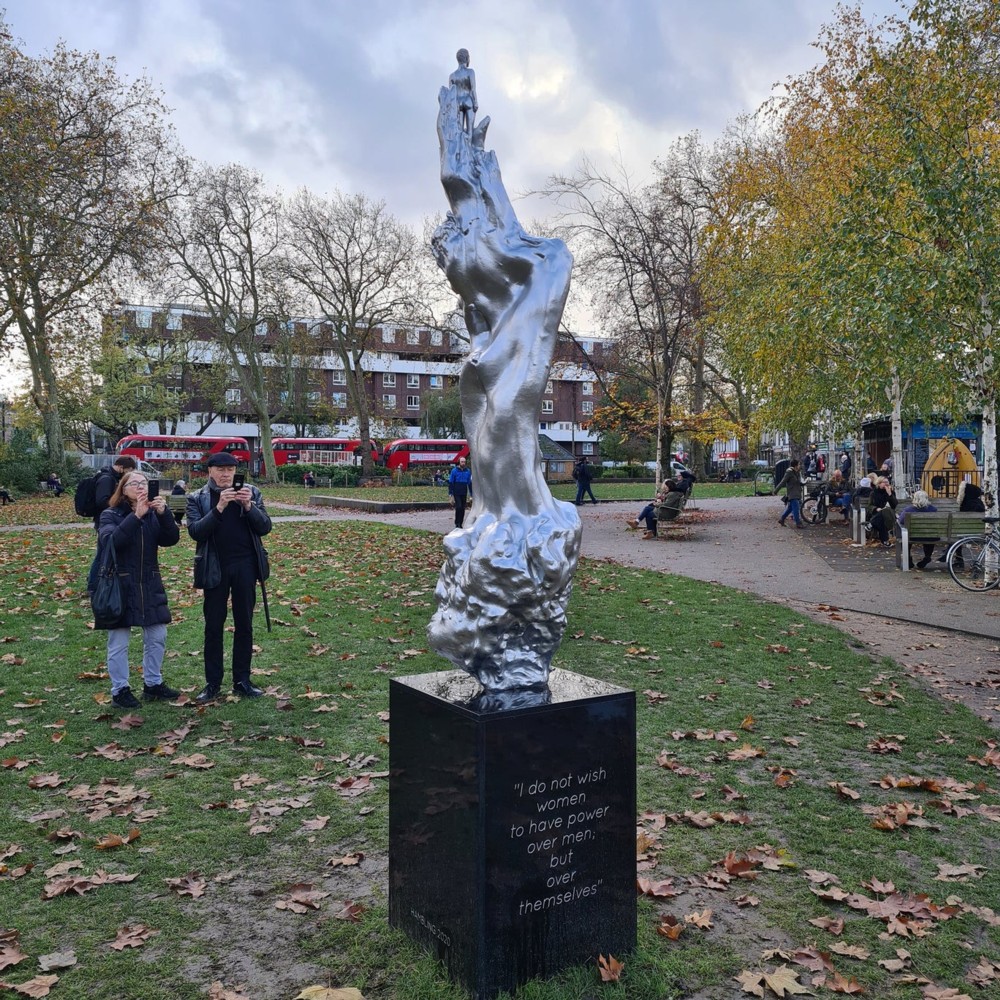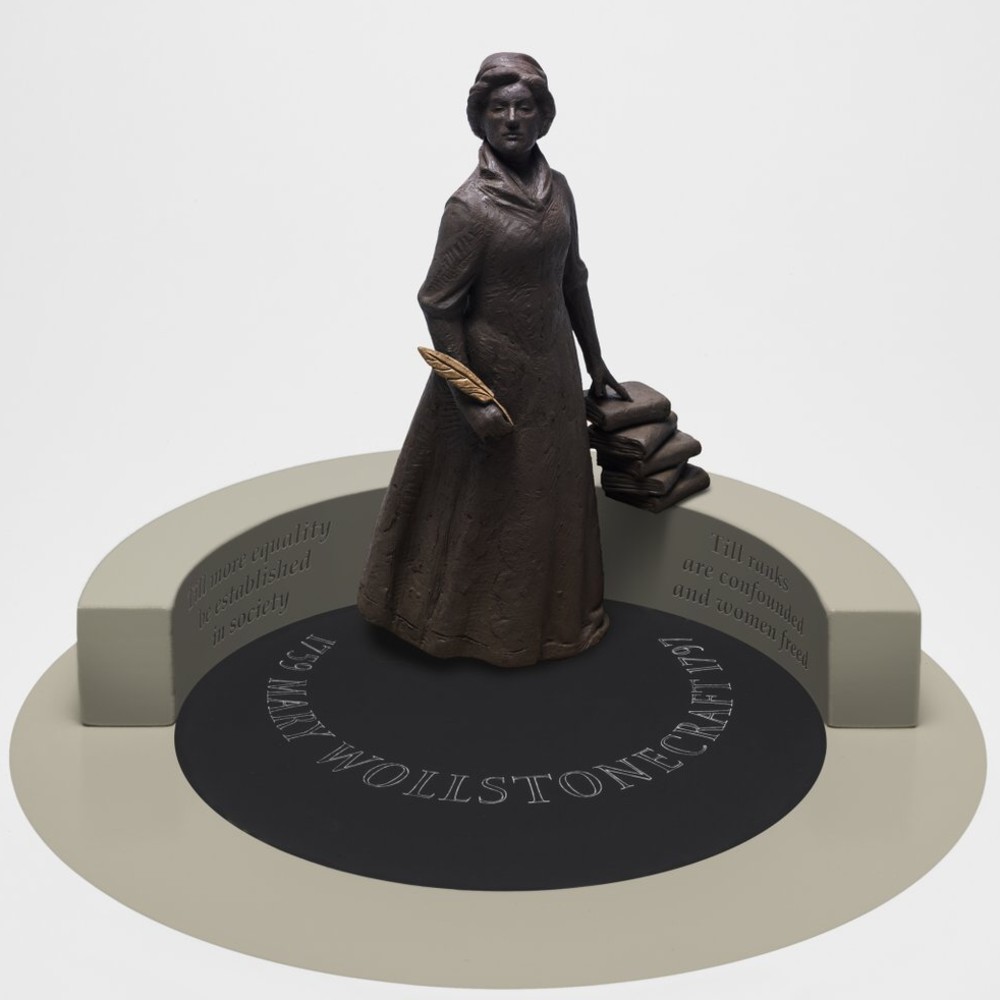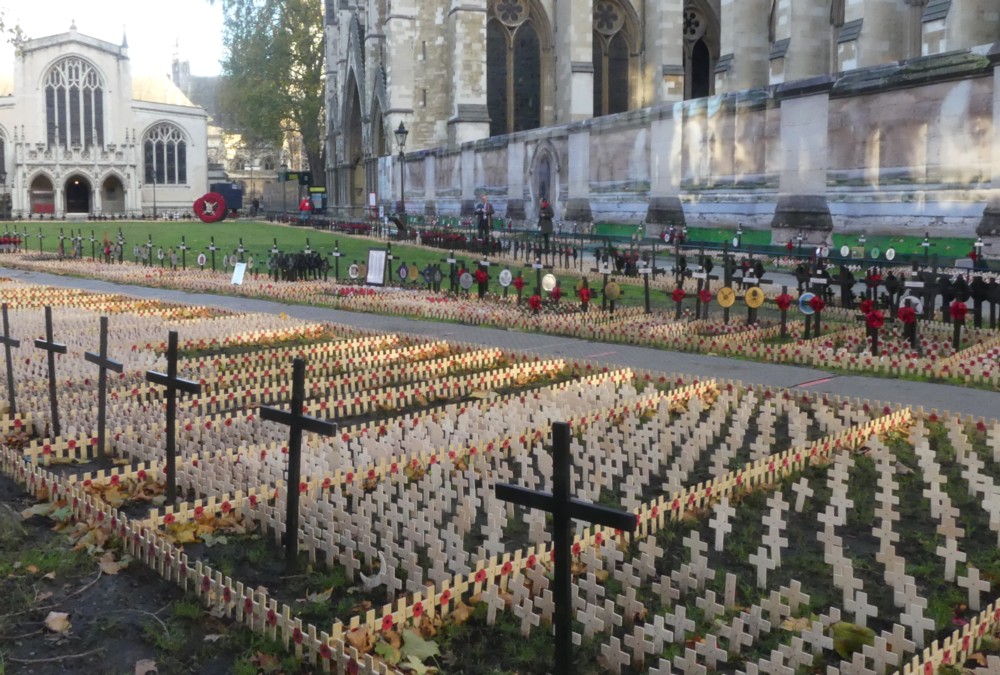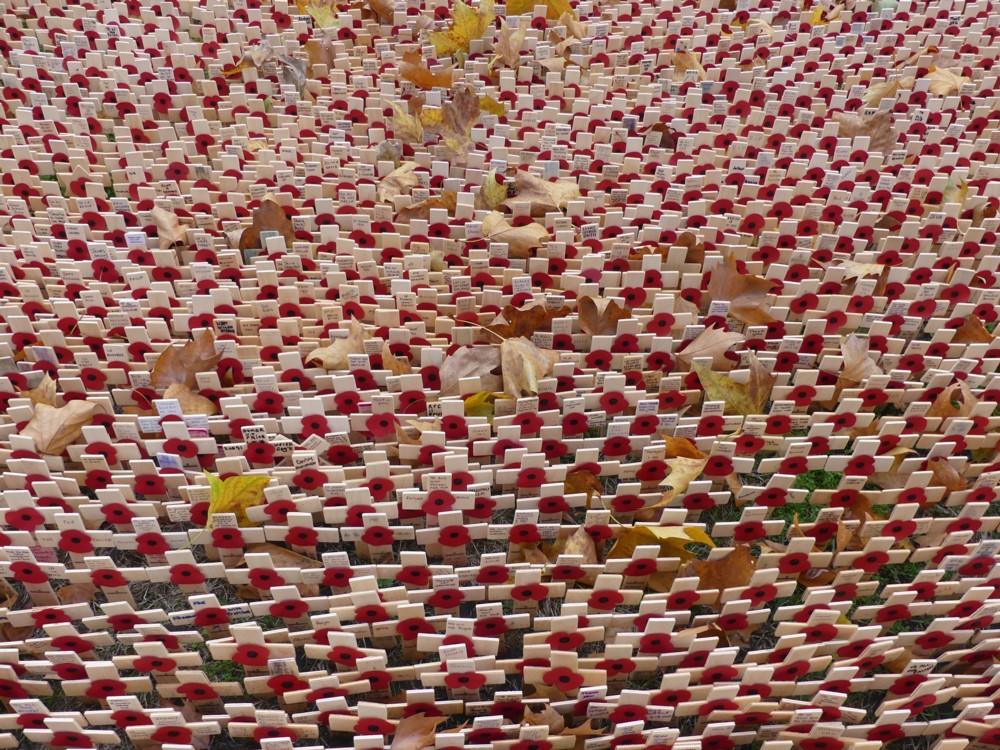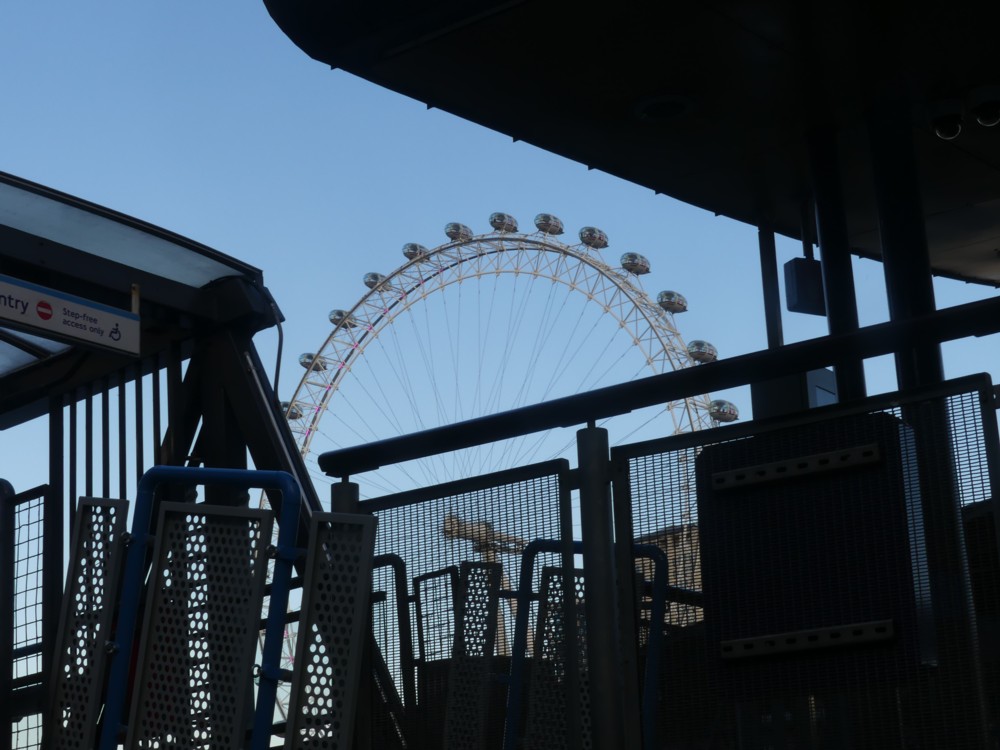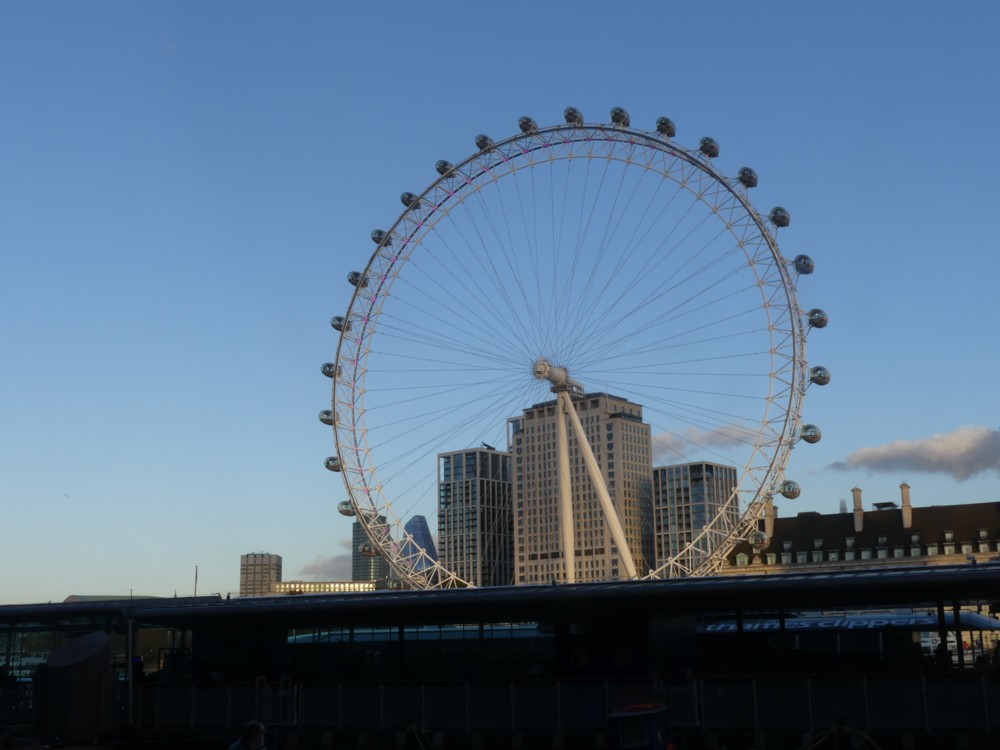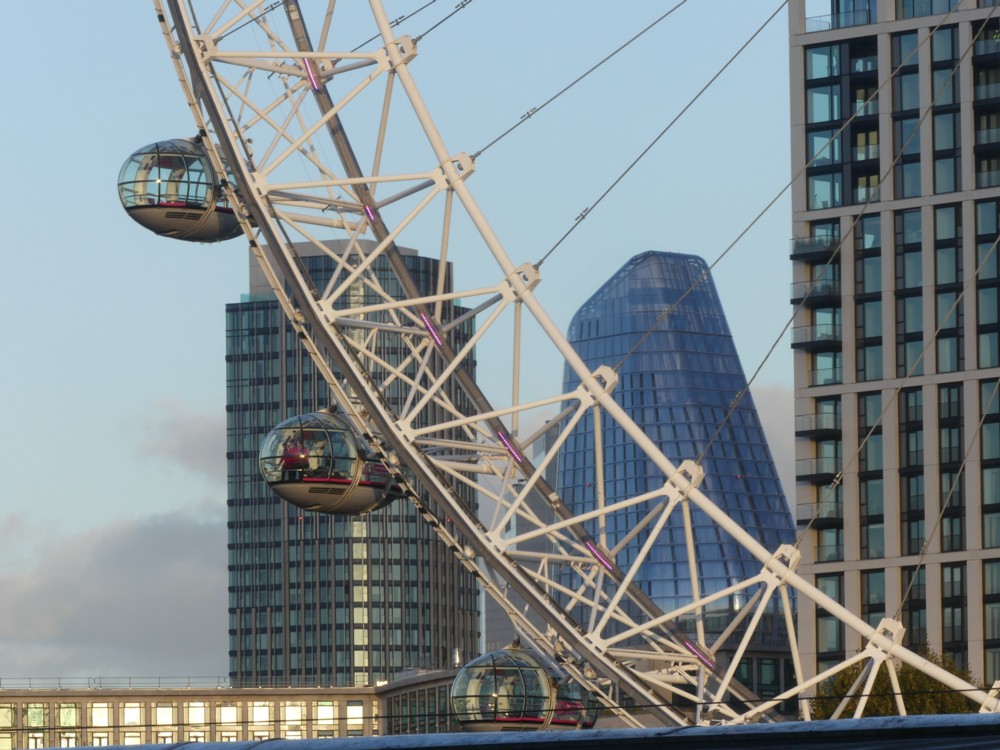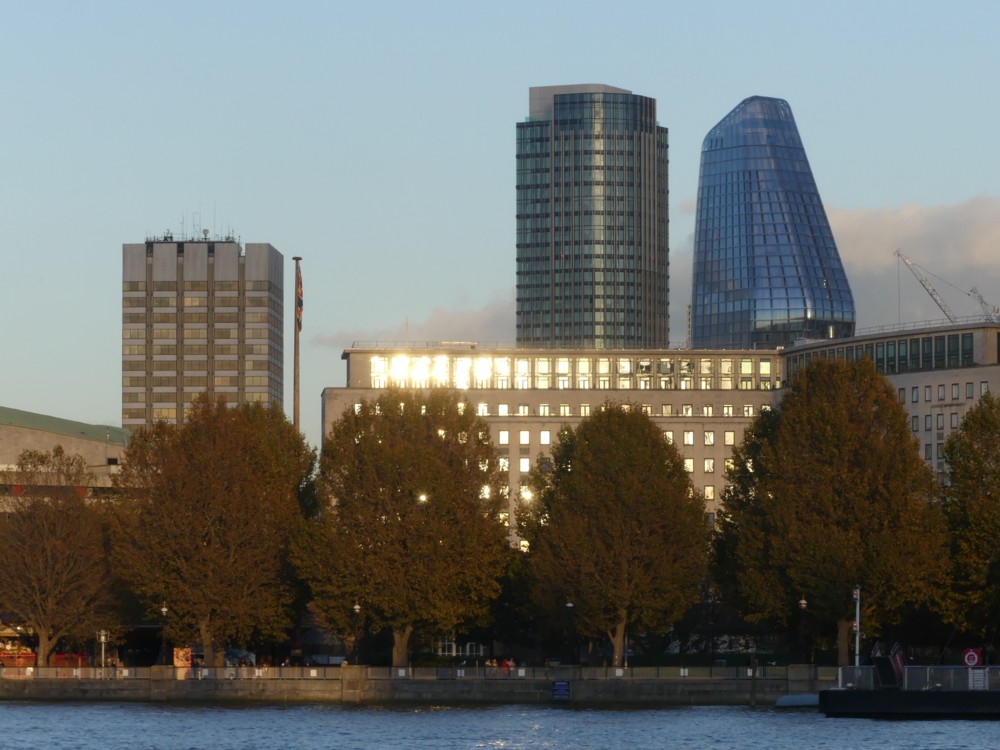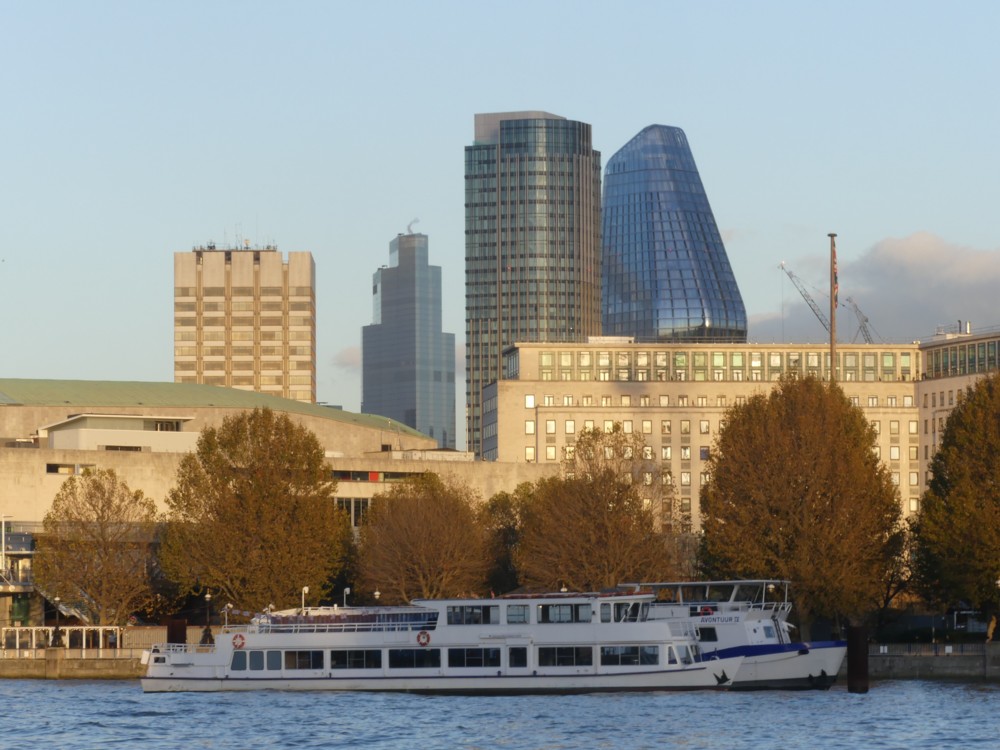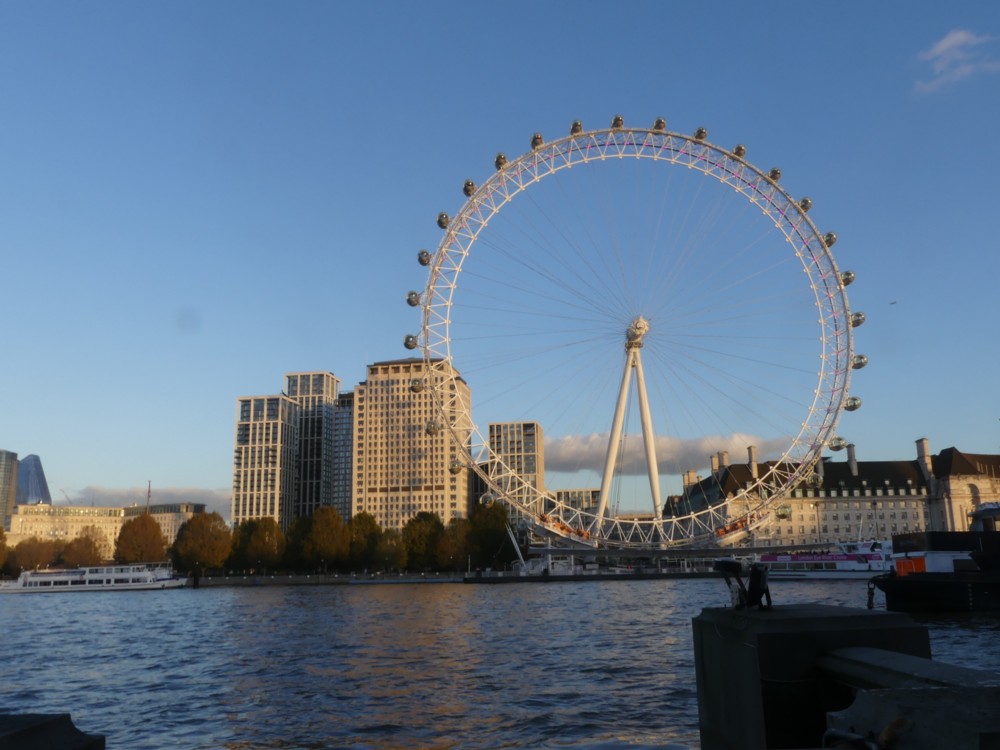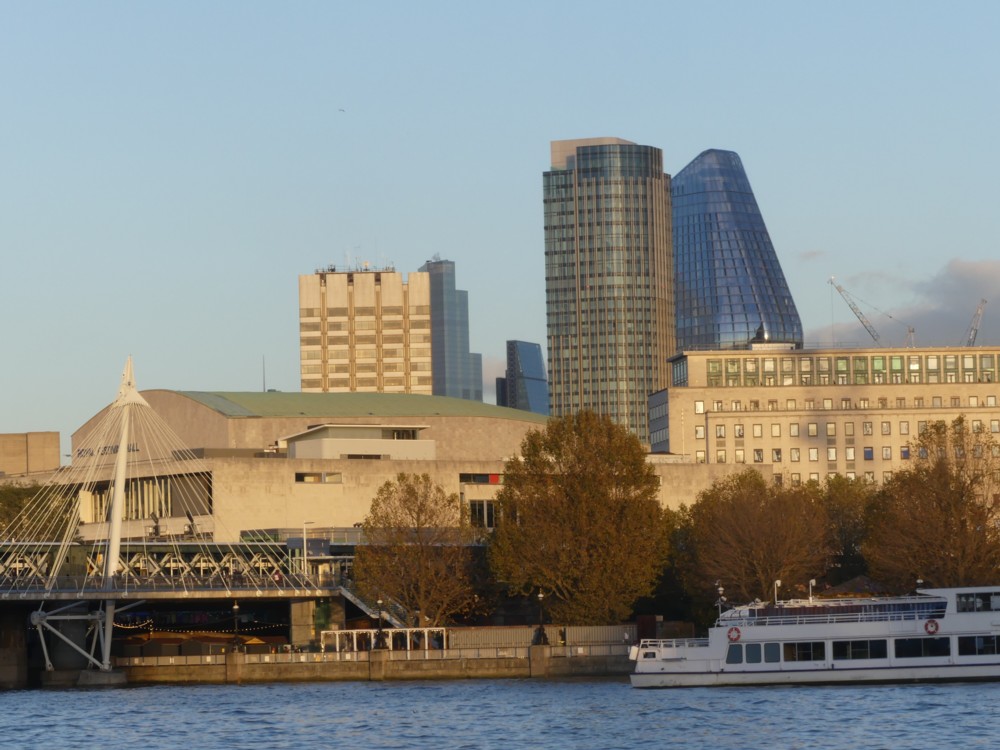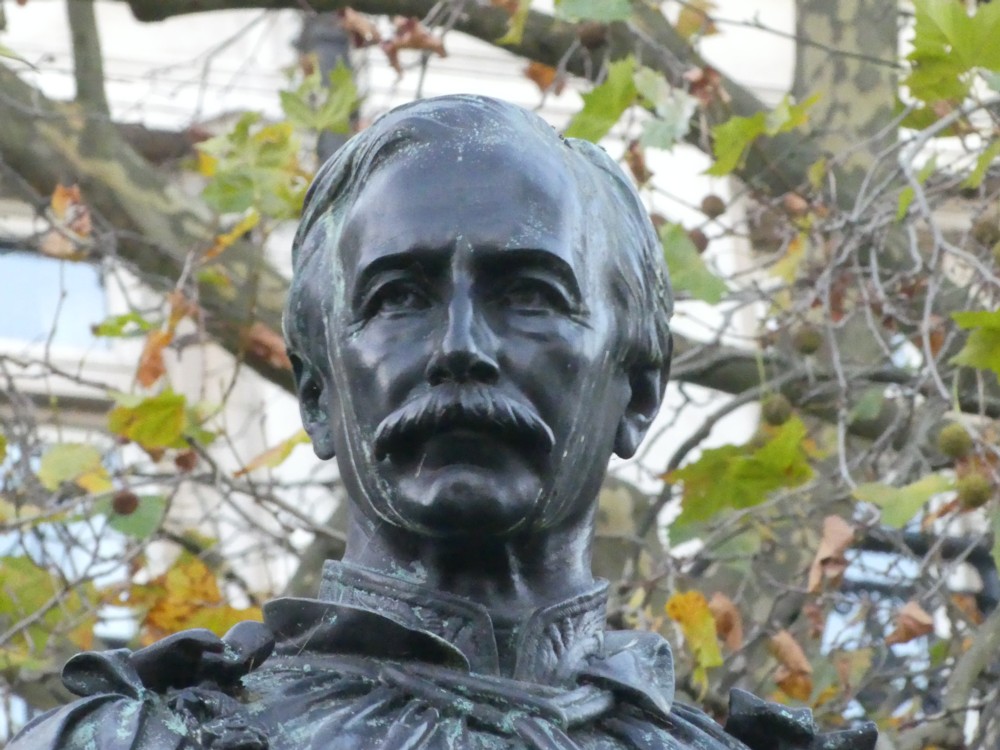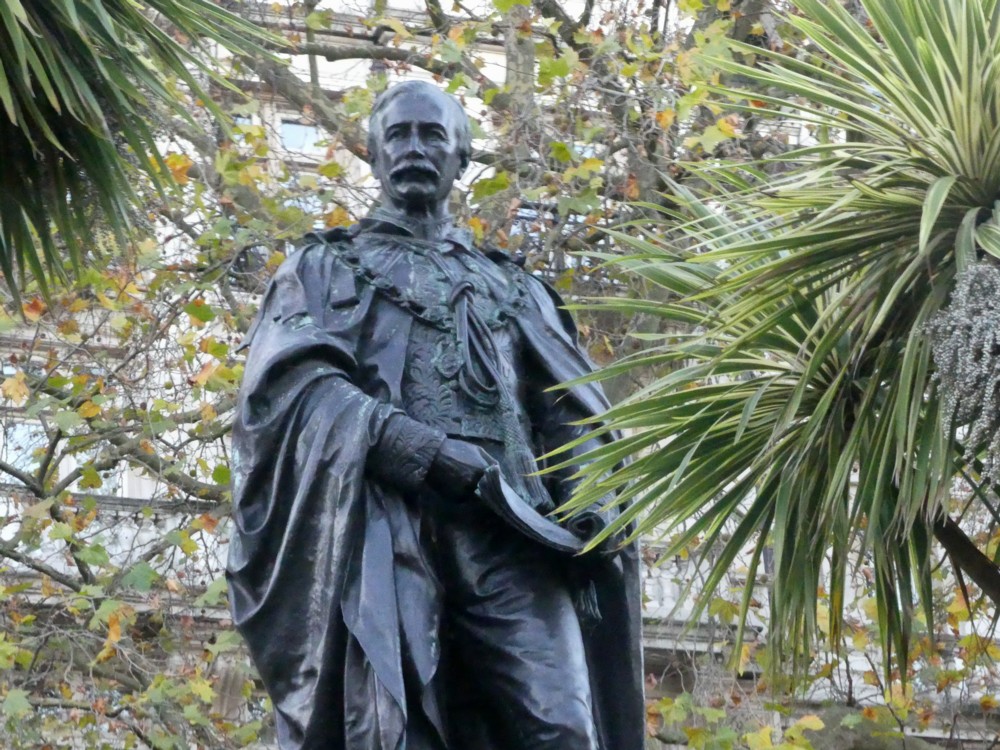To start with, a pre-emptive grovel. I am not a fully fit person just now. I can just about manage photoing photos and posting photos. I can even manage stating my opinions. What I shrink from doing, in my present state of seemingly permanent lethargy, coughing-ness and achiness, is embarking on any sort of argument to the effect that my opinions are correct, with someone who does not share them. You’ll either take these opinions of mine, or leave them. I am now only up to stating what they are.
And when it comes to the rows and ruckuses now happening in the USA about how Donald Trump should turn over a new leaf, become “presidential”, and now let Joe Biden become the next president, I have two opinions, which I will now state.
First, it is my understanding that the scale of cheating by the Democrats this time around was something else again. I won’t persuade you if you don’t agree, and I think I am open to the idea that the gap between where Biden is said to stand now and where Trump has to stand to remain President is just too great for a few legal judgements to make any difference. I just watched Megyn Kelly, whose attitude on things generally seems to resemble mine, say exactly this, and I didn’t blow any gaskets. But for whatever it may be worth, I found this, and this from the BBC, rather persuasive, and in the case of the BBC piece, highly relevant.
The Democrats hate Trump, but last time around they were caught by surprise. This jerk? He’s won this? They just were not prepared for that outcome. That’s why they didn’t cheat much last time around. They hadn’t thought they’d need to.
This time they were ready. They hate Trump just as much as ever, but this time around they grasped that, hateful down-market nincompoop embarrassment though Trump definitely is, he is also, for whatever clutch of mysterious and deplorable reasons, a formidable foe. And they were ready. But they weren’t quite ready enough. The scale of Trump’s achievement shocked them again, and this time around their cheating is, as Americans like to say, off the scale.
My opinion. You have a different opinion? Fine by me. I get it. If you do not share my admiration for Trump, fine by me again.
But here’s another opinion, which it seems to me is a bit less generic, a bit less predictably Trumpist. Because something else has changed.
Democrat electoral cheating is not a new story. I’ve been reading stuff about America and American politics all my life, off and on and mostly off, and like a thread through it all is the fact that in big cities that they run and are determined to go on running, Democrats cheat in elections. So Democrats cheating in elections this time around is not the big change.
The big change is a Republican refusing to retreat in the face of it. Why? Why is Trump being so unpresidential, so undignified, so … just so ghastly? The answer is that the big political picture has been transformed, partly by him, but partly by him responding to the fact that it has already changed so much.
Time was when Republicans were the party of the Lucky Winners. Country clubbers, corporate executives, yacht owners, owners of houses with several garages, presided over by perfectly manicured wives, in charge of several well behaved children and subservient servants. The Democrats, meanwhile, were the party of the workers, of people struggling to do work or even to get work. Any plutocrats who were attached to the Democrats, like the Kennedys or (FD) Roosevelt, were numerically insignificant oddities. (Whether that was true, I don’t know. But this was the dominant narrative, as people say now.)
But that’s all changed. The Democrats are now the party of the Lucky Winners, and also of the unlucky losers at the very bottom of the heap who can only now depend on the crumbs of comfort bestowed upon them by the Lucky Winner class. The Republicans have become the party of the workers in the middle, the middle class, as Americans accurately describe them. The Republicans are the party of the people who still struggle to work and to stay working, and who hate the whole idea of giving up and becoming dependant upon the Lucky Winners.
Not all “workers” voted for Trump. A lot of workers, especially in things like IT, are still solidly Democrat. But the heart of the Trump vote was workers of a certain sort. The heart of the Trump vote was no longer the Lucky Winners class. They have migrated over to the Democrats.
Okay, now for the key bit of what I’m saying.
In olden times, if you were a member of the Lucky Winners class, and your guy lost an election, complaining about cheating was frankly a bit, well, undignified. You and your pals controlled almost all the leavers of power in society. You owned the big corporations. Your children were creaming off most of the expensive education. The world was yours. Were you going to bitch about electoral corner-cutting by a few machine politician Democrats in big cities who had enough clout to say boo to you, every once in a while? This was not a good look. And on the whole, Republicans took their defeats, and if Democrat cheating cost them a win or two, well, that was how it crumbled, cookie-wise. Legally, that may not have been the rule, but actually, that was the rule. Noblesse oblige. Let the people picked by the struggling class have their turn. Suck it up. Go play golf.
But now? Now, what is happening is that the Lucky Winners class is telling the class definitely below it in the pecking order that this subordinate class now has to just lie back and let it happen, when the electoral cheating happens all over them.
This is not a good look either, but it’s what the Lucky Winner class now think they can do, and get away with. Maybe they can, in the sense that they may well get their guy over the line this time around. But if they do, but if it then becomes clear that they did this by cheating on a large scale in this election, then the words “reap” and “whirlwind” spring to mind.
Meanwhile, Trumpists do not now give a fuck about Trump being “dignified” or “presidential”. They voted for him because he was none of those things. Yes, he was born into the Lucky Winners class, but now he’s their Lucky Winner. And they now want him to insist on the principle that cheating in political elections is wrong, dammit! And it is especially wrong when it’s done by the very class of people that has spent the last four years declaring itself to be in every way superior to them – richer, better, better looking, cleverer, wiser, more tasteful, more cultured, more intellectually nuanced, less racist, less “deplorable”, you name it. And if those smarmy bastard liars on the television don’t like this, they can just shove it up their Lucky Winner arses.
I trust that the undignified nature of my language in the previous paragraph is getting my point across. Which is that the argument that those now on the receiving end of Democrat cheating should just roll over in the face of it is now out of date, big time.
Cheating is okay – not good, not completely okay, not dignified – when it is done by life’s strugglers to life’s Lucky Winners. But when the Lucky Winners do it to the strugglers, that’s a whole different ball game, and a game that the Lucky Winners will and will thoroughly deserve to lose. And whether you personally agree with that or not, the particular strugglers on the receiving end of this particular bit of cheating damn well do agree.
That’s what’s changed, and it’s a very big change indeed.
Like I say. My opinions. Take them. Or leave them. And comment all you like. Just don’t assume I’ll have the energy to respond to any responses that this gets.

